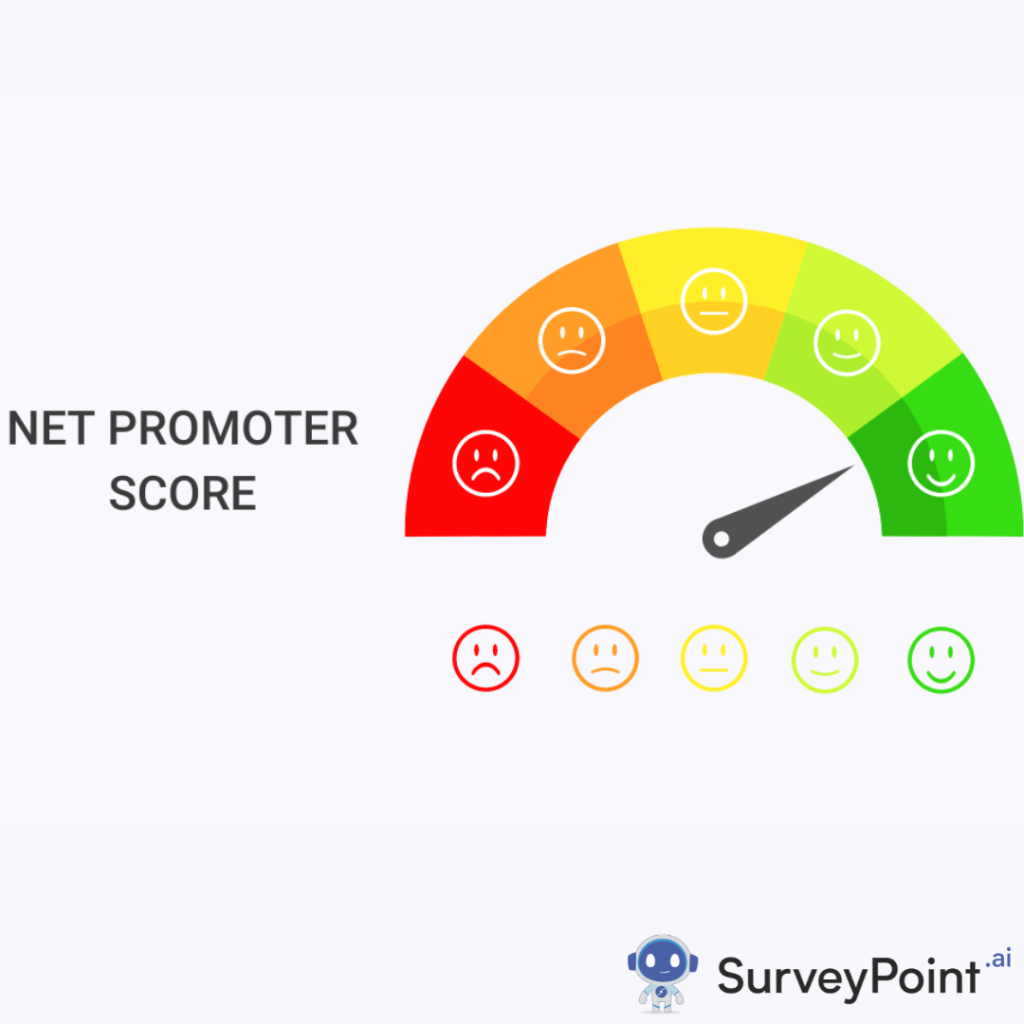
B2B sales is a complex, strategic process that requires a deep understanding of your customers’ needs, building strong relationships, and a well-planned approach. Unlike business-to-consumer (B2C) sales, B2B sales cycles are longer and involve multiple decision-makers, making them more challenging to navigate.
In this blog, we’ll break down the B2B sales cycle and offer practical tips to help you crack it, close deals, and build lasting business relationships.
1. Understand the B2B Sales Cycle Stages
Before diving into strategies, it’s essential to understand the key stages of the B2B sales cycle. These stages typically include:
- Lead Generation: Identifying potential clients who might benefit from your product or service.
- Prospecting: Researching and qualifying leads to ensure they are a good fit for your offering.
- Discovery & Needs Analysis: Meeting with potential clients to understand their pain points and business goals.
- Presentation & Proposal: Presenting your solution and demonstrating how it can solve the client’s problems.
- Negotiation: Discussing terms, pricing, and addressing objections.
- Closing the Deal: Securing the agreement and signing the contract.
- Post-Sale Engagement: Maintaining the relationship through ongoing support and follow-up.
2. Conduct Thorough Research in the Prospecting Phase
The key to a successful B2B sales cycle is proper research. Understanding your prospect’s industry, business challenges, and goals will allow you to tailor your pitch and position your product as the solution they need.
How to Research Effectively:
- Study the Company: Review their website, annual reports, press releases, and industry news to understand their priorities.
- Know the Key Decision-Makers: Use LinkedIn or other platforms to identify decision-makers and influencers within the company.
- Analyze Competitors: Look into what competitors are offering and how you can differentiate your product or service.
Example:
Suppose you’re selling a CRM tool to a medium-sized business. Research their current system, challenges in customer management, and identify how your CRM can offer a superior solution. This will make your conversations more targeted and relevant.
3. Build Relationships, Not Just Sales Pitches
In B2B sales, relationships are key. Decision-makers want to work with vendors they trust and who understand their needs. Focus on building a genuine relationship by listening more than you speak.
How to Build Strong Relationships:
- Listen Actively: During discovery meetings, focus on understanding the client’s challenges rather than pushing your product.
- Offer Value First: Provide insights or resources (like case studies, industry reports, or free consultations) that show you are invested in their success.
- Maintain Regular Contact: Follow up regularly, even when not actively selling. Share relevant content or industry updates to stay top-of-mind without being overly pushy.
Example:
If your prospect mentions a new regulatory challenge during a discovery meeting, follow up with an article or solution that addresses it, even if it’s not directly tied to your product. This shows you’re paying attention to their needs.
4. Personalize Your Sales Pitch
A one-size-fits-all pitch won’t work in B2B sales. Tailor your presentation to each prospect by focusing on how your product or service solves their specific problems. Highlight the features and benefits that matter most to them.
How to Personalize Your Pitch:
- Address Their Pain Points: Identify the specific problems your prospect is facing and demonstrate how your solution directly addresses those issues.
- Use Data & Case Studies: Provide examples of how you’ve helped similar companies overcome challenges. Include relevant metrics to prove the value of your solution.
- Show ROI: Decision-makers in B2B are concerned with the return on investment (ROI). Show clear financial benefits or efficiency improvements your solution can bring.
Example:
If you’re selling a marketing automation tool, focus on how it can reduce manual tasks and increase lead generation for your prospect, particularly if they have a small marketing team.
5. Anticipate and Handle Objections Effectively
In any B2B sales cycle, objections are inevitable. Instead of fearing them, embrace them as opportunities to clarify doubts and reinforce your value. Common objections might include concerns about price, implementation time, or compatibility with existing systems.
How to Handle Objections:
- Prepare for Common Objections: Have clear, concise responses ready for common objections related to cost, timelines, or ROI.
- Ask Questions to Clarify: When a prospect raises an objection, ask questions to fully understand their concerns. This will help you address them more effectively.
- Offer Solutions: Instead of simply rebutting objections, offer solutions that mitigate the concern. For example, provide a detailed implementation plan if they are worried about time.
Example:
If a prospect is concerned about your software’s integration with their existing system, provide a case study showing how you’ve successfully integrated with similar systems and offer a demo to alleviate their worries.
6. Master the Art of Negotiation
Negotiation is a delicate part of the B2B sales process. You need to strike a balance between offering value to the client and protecting your company’s margins.
Negotiation Tips:
- Know Your Bottom Line: Before entering negotiations, be clear on the minimum terms you’re willing to accept.
- Stay Flexible: Be open to creative solutions. If the client is hesitant about price, consider offering flexible payment terms, discounts on long-term contracts, or added value services.
- Don’t Rush: Negotiation is a process. Be patient and take the time to understand the client’s priorities. This will help you make trade-offs that benefit both parties.
Example:
If a client pushes back on pricing, offer a longer-term contract at a discounted rate to lock in revenue while giving them a deal they’re comfortable with.
7. Focus on Closing the Deal
The closing stage is critical. After addressing concerns and negotiating terms, it’s time to ask for the business. Be confident and clear about the next steps.
Closing Techniques:
- Summarize the Agreement: Recap the key benefits, solutions, and terms discussed to ensure both parties are on the same page.
- Set a Timeline: Clearly outline the next steps, including signing the contract, implementation, and delivery schedules.
- Ask for the Sale: Don’t be afraid to directly ask for their business. Phrases like “Shall we move forward?” or “Are you ready to get started?” can prompt action.
Example:
After reviewing the final proposal, say, “It seems we’ve addressed all your concerns. Would you like to move forward with the implementation?”
8. Maintain Post-Sale Engagement
Closing the deal doesn’t mean the end of the relationship. B2B sales are often based on long-term relationships, and a satisfied customer is likely to bring you repeat business and referrals.
How to Maintain Engagement:
- Follow Up: After the sale, check in regularly to ensure everything is going smoothly and offer support as needed.
- Measure Success: Track the results your solution delivers and share these insights with the client to reinforce the value of your product.
- Ask for Feedback: Regularly ask your client for feedback on both the product and the sales process. This will help you improve and strengthen the relationship.
Example:
Three months after implementation, check in with your client to see how the solution is working and whether they need any additional support. This keeps the relationship strong and shows that you care about their success.
Conclusion: Keys to Cracking the B2B Sales Cycle
Cracking the B2B sales cycle requires strategic planning, strong relationship-building, and problem-solving skills. Here are the key takeaways:
- Research your prospect thoroughly to understand their challenges and decision-making process.
- Build strong relationships by focusing on providing value and listening to their needs.
- Tailor your sales pitch to the specific pain points and goals of your prospect.
- Handle objections confidently by preparing clear responses and offering solutions.
- Negotiate effectively with a focus on win-win outcomes.
- Close the deal with clarity and confidence.
- Maintain post-sale engagement to build long-term relationships.
By following these steps, you’ll be better prepared to navigate the complexities of B2B sales and achieve consistent success. For more information checkout- surveypoint.ai




